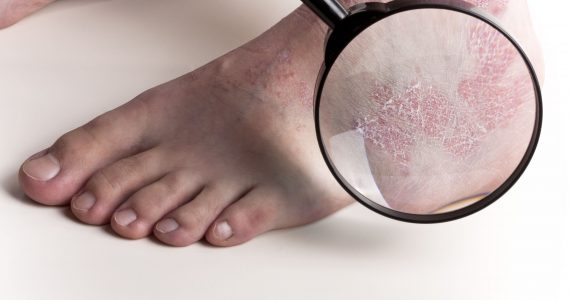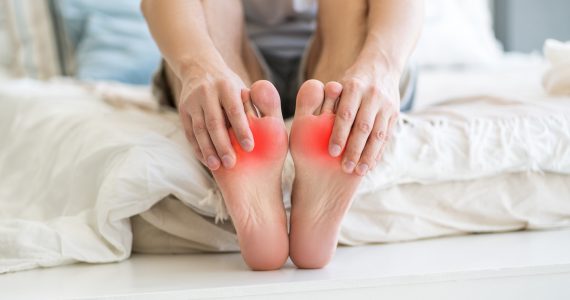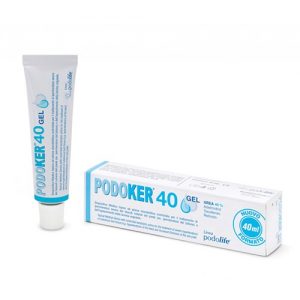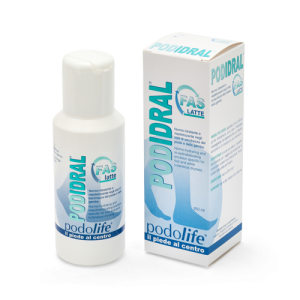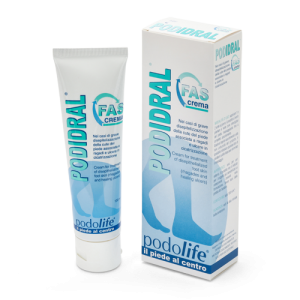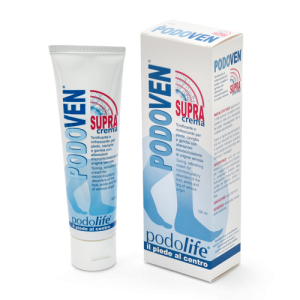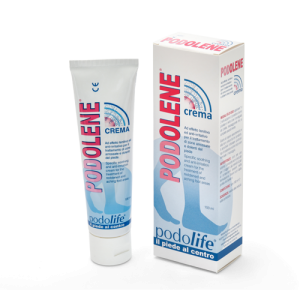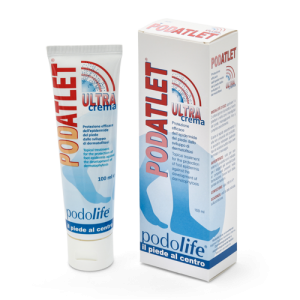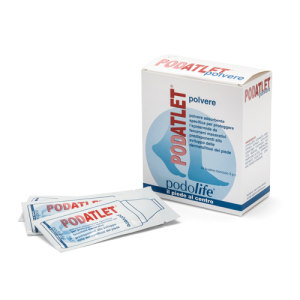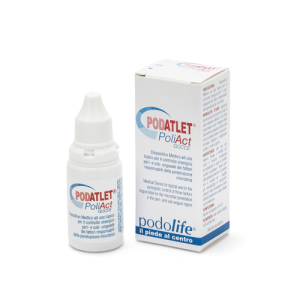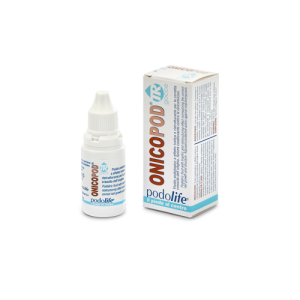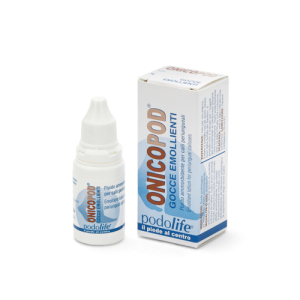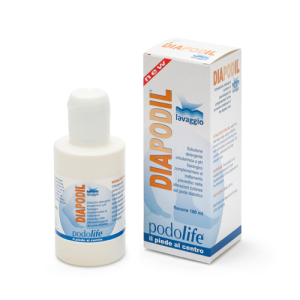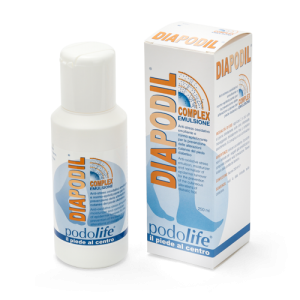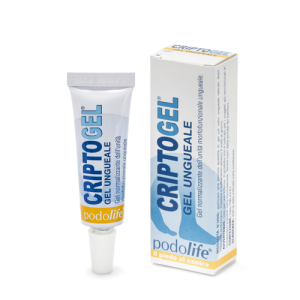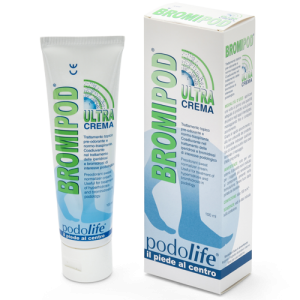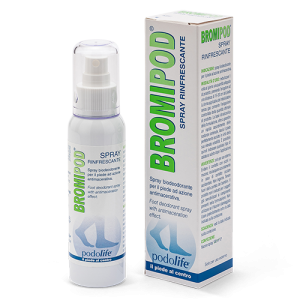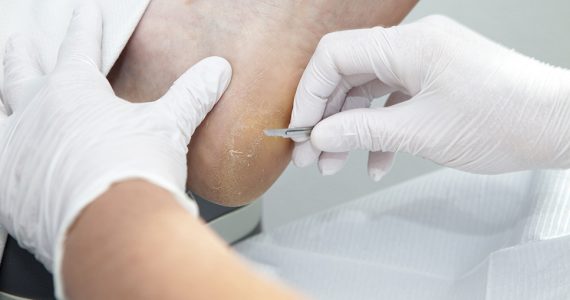
What is hyperkeratosis?
Hyperkeratosis is an alteration of the skin and consists of a thickening of the outermost layer of the epidermis which is subject to a build-up of epithelial cells or keratinocytes. Keratinocytes form on the basal layer of the epidermis and are expelled from the surface of the skin once their 40-day cycle ends by means of a process of desquamation or skin peeling, by now without their nucleus and full of keratin.
When the skin is inflamed the creation/expulsion balance of epithelial cells is upset, in other words more keratinocytes are generated than those disposed of, until eventually this build up or thickening of the skin takes place which is called hyperkeratosis.
What are the forms and symptoms of hyperkeratosis?
- Calluses and Corns
Both can appear when the skin thickens caused by constant rubbing or an increase in pressure on a particular area of the body. They usually form on the palms of the hands and on the soles of the feet.
As this is not of a pathological nature, this form of hyperkeratosis is called biomechanical. - Verrucas
An increase of keratinous material as the result of a viral infection, the most common of which is the papilloma virus (HPV). - Eczema
This is a non-contagious skin inflammation that causes itching. It manifests itself with the appearance of red marks, damp plaques or inflamed blisters. Although it may be itchy, is important to remember that scratching tends to make things worse. Eczema can be caused by:
– contact with irritants
– food allergies
It is difficult to cure and avoiding the substance that caused it is essential in order to fight it. - Lichen planus
A rare fungal skin condition (1% of the population) caused by an altered immune response that damages the keratinocytes. - Ichthyosis
A genetic skin disorder.
What are the causes of hyperkeratosis?
The most common causes of hyperkeratosis are:
- Senescence (aging): when aging takes place the normal function of the skin cells is altered, resulting in a potential thickening or thinning of the skin.
- Postural defects
- Inappropriate footwear
- Other Pathologies (HPV, Eczema, Psoriasis, etc.)
Treatment for hyperkeratosis
Hyperkeratosis and dryness of the skin of the feet are usually secondary to a number of endogenous (aging, metabolic illnesses) and/or exogenous (mechanical, chemical, physical) stresses to which such a complex organ as the foot has to continually adapt.
When persistent, these stresses become negative factors responsible for pathological hyperactivation of the mast cell (the immune cell found in skin tissue).
The immune response elicited by the mast cell gives rise to an inflammation process, typically with pain and local burning, where an excessive number of biological growth factors (EGF, FGF) responsible for the irregular growth of the skin structure cells are released: the keratinocytes; this makes the tissue prone to hyperkeratosis (calluses, corns, verrucas) especially in individuals considered fragile such as the elderly.
The first-line treatment of hyperkeratosis consists of:
- primary control of the hyperactive immune component and therefore the mast cell modulation;
- strengthening the turnover of keratinocytes and their regular deposit on the skin layer;
- adequate softening of the hyperkeratotic skin.
The presence of Adelmidrol (ALIAmide) in specific gel preparations makes it possible to control the hyperactivity of the epidermal mast cell, effectively controlling the inflammation and the proliferative disorder of keratinocytes.
It would also be important to treat the hyperkeratotic tissue with Urea (in suitable concentrations -20/40%-), a substance capable of inhibiting the build-up of low vitality keratinocyte cells and therefore hardening of the skin (keratolytic action).

